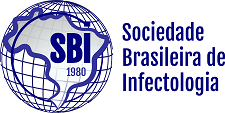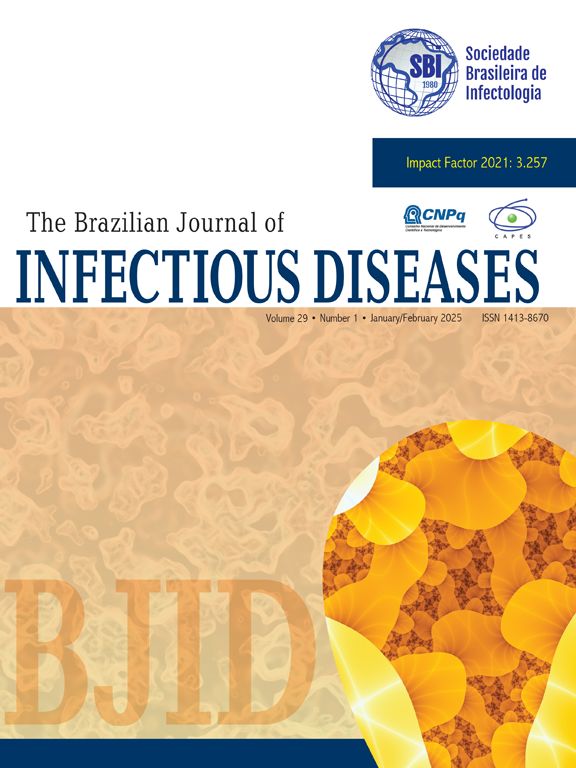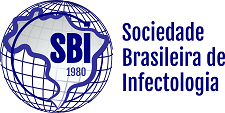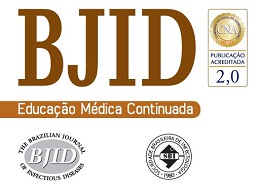Information about resistance profile of darunavir (DRV) is scarce in Brazil. Our objectives were to estimate the prevalence of DRV resistance mutations in patients failing protease inhibitors (PI) and to identify factors associated with having more DRV resistance mutations. All HIV-infected patients failing PI-based regimens with genotyping performed between 2007 and 2008 in a referral teaching center in São Paulo, Brazil, were included. DRV-specific resistance mutations listed by December 2008 IAS-USA panel update were considered. Two Poisson regression models were constructed to assess factors related to the presence of more DRV resistance mutations. A total of 171 HIV-infected patients with available genotyping were included. The number of patients with lopinavir, saquinavir, and amprenavir used in previous regimen were 130 (76%), 83 (49%), and 35 (20%), respectively. The prevalence of major DRV resistance mutations was 50V: 5%; 54M: 1%; 76V: 4%; 84V: 15%. For minor mutations, the rates were 11I: 3%; 32I: 7%; 33F: 23%; 47V: 6%; 54L: 6%; 74P: 3%; 89V: 6%. Only 11 (6%) of the genotypes had ≥ 3 DRV resistance mutations. In the clinical model, time of HIV infection of > 10 years and use of amprenavir were independently associated with having more DRV resistance mutations. In the genotyping-based model, only total number of PI resistance mutations was associated with our outcome. In conclusion, the prevalence of DRV mutations was low. Time of HIV infection, use of amprenavir and total number of PI resistance mutations were associated with having more DRV mutations.
The Impact Factor measures the average number of citations received in a particular year by papers published in the journal during the two preceding years.
© Clarivate Analytics, Journal Citation Reports 2025
SRJ is a prestige metric based on the idea that not all citations are the same. SJR uses a similar algorithm as the Google page rank; it provides a quantitative and qualitative measure of the journal's impact.
See moreSNIP measures contextual citation impact by wighting citations based on the total number of citations in a subject field.
See more



